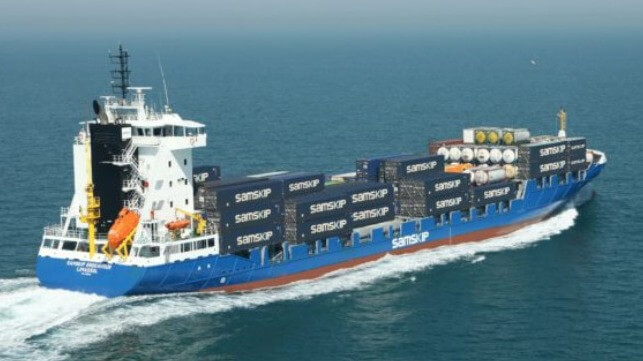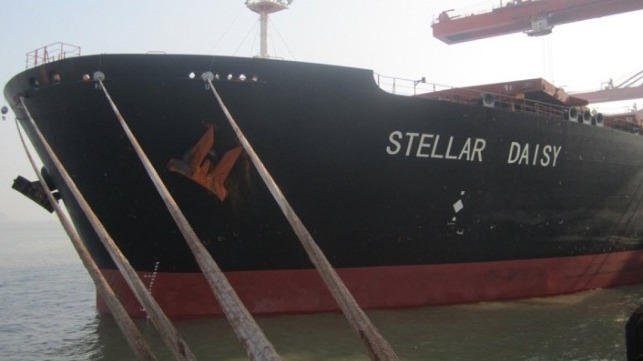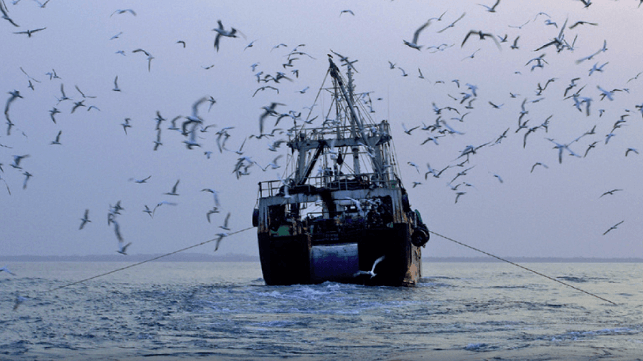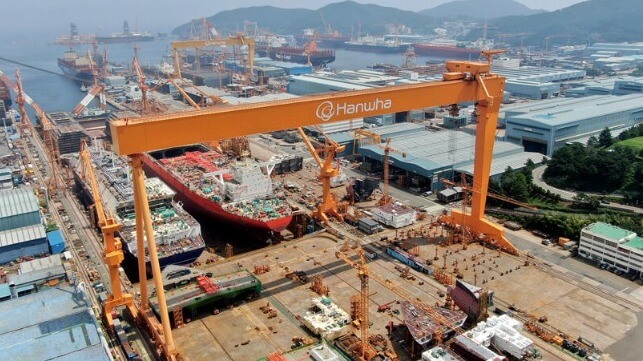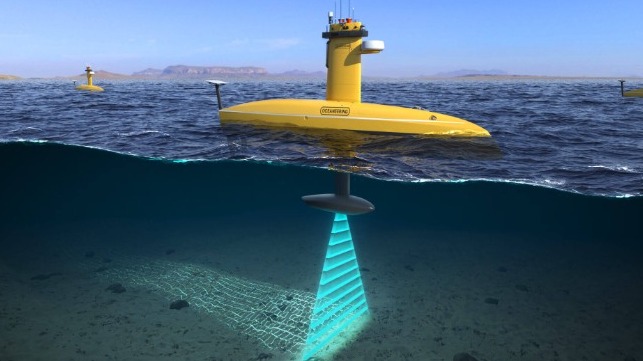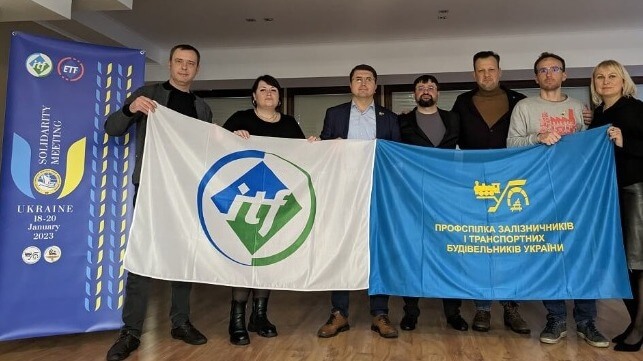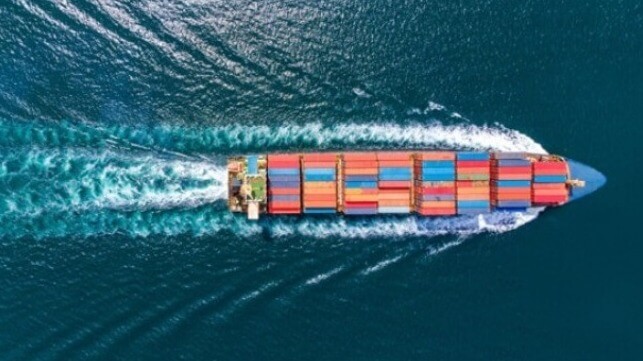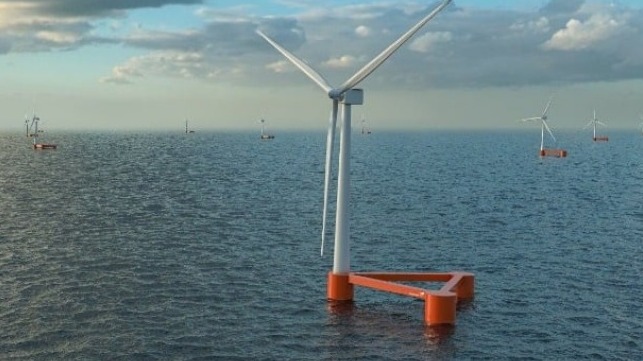UNION VICTORIES ARE FOR ALL WORKERS
Grocery store workforce stands to benefit from gains made by Unifor with Metro strike
, The Canadian Press
METRO INC/CN (MRU:CT)
REAL-TIME QUOTE. Prices update every five seconds for TSX-listed stocks
As Metro workers at 27 Toronto-area grocery stores return to work after a month-long strike, experts and union representatives say their new collective agreement raises the bar for grocery store workers across the country.
“It's the workers' time to be recognized for what they've given to these companies,” said Kim Novak, president of the United Food and Commercial Workers (UFCW) union Local 1518 in British Columbia.
More than 3,700 Metro workers went on strike at the end of July after rejecting their first tentative agreement, fighting for better pay. On Aug. 31, they voted ‘yes’ on a second agreement, which included front-loaded wage gains beginning with a $1.50 hike.
The Unifor-Metro deal helps set a floor for future agreements, though they won’t be identical, said Stephanie Ross, an associate professor in the school of labour studies at McMaster University.
“They’re going to ... these next tables with a victory in their pocket,” she said.
Unifor has made it clear that it intends to use the Metro agreement to pattern bargain, meaning it will try to seek similar gains in upcoming negotiations with grocers.
The union said it has 13 contracts with grocers, mainly in Ontario, that are set to expire before the end of 2024, covering a total of more than 6,000 workers. Another two are currently being negotiated and one recently expired.
But Unifor isn’t the main union for grocery store workers in Ontario, or in the country. Now, there’s pressure on the UFCW to make similar inroads, said Ross.
The UFCW calls itself the union for grocery store workers, representing around 140,000 people in food retail countrywide. In B.C., Novak's Local 1518 represents around 18,000 grocery workers, and in 2023 its two biggest contracts were up for negotiations.
One was with Save-On-Foods, covering stores across the province under the chain owned by Jim Pattison Group. Aggressive negotiations resulted in a deal with the highest wage increases those workers had seen in 25 years, said Novak.
But she said at the other big bargaining table, talks with Empire Co. Ltd.-owned Safeway have not gone as well. Eight months in, the grocer has offered wage gains that amount to less than one per cent a year over a five-year deal, she said. The union is holding a strike vote next week.
Empire did not respond to requests for comment on the Safeway negotiations.
Empire, Loblaw and Metro make up the Big Three grocers, which take up a large chunk of the market. Those grocers have come under fire in recent years for their high profits amid skyrocketing inflation. Workers are asking for their fair share, said Novak, especially after losing their pandemic-era 'hero pay.'
If the Safeway workers strike, it would affect 40 B.C. stores, including 29 on the Lower Mainland, said Novak. While meat, deli and seafood workers are covered by a different agreement, they could be in a position to strike at the same time, effectively shutting down the stores, she said.
Working at a grocery store once offered a decent job with good pay, but that’s changed, said York University associate professor of labour geography Steven Tufts. Unions took concessions at the bargaining table over the 1990s and 2000s as grocers tried to compete with Walmart.
Now that the Big Three grocers are on solid ground and reporting strong profits, Tuft said the proverbial chickens are coming home to roost.
“The Walmart threat is over,” he said. “They are all very profitable institutions.”
The Unifor-Metro deal doesn’t mean grocery negotiations will be easy going forward, said Alison Braley-Rattai, an associate professor of labour studies at Brock University, in an email.
“Workers will still have to be prepared to walk, if negotiations aren’t shaping up,” she said.
“But the past year seems to signal that workers are increasingly saying, ‘Enough is enough’, and that they are pushing not just their employers, but their own unions by rejecting tentative agreements that were recommended to them.”
One challenge is that union coverage for grocery workers is fragmented across the country between different unions, locals and agreements, said Tufts.
Unions need to scale up bargaining, he said, so that they can negotiate with employers at a higher level — like the UFCW’s B.C.-wide contracts with Save-On-Foods and Safeway.
The unions should also work together and strategize their sector-wide bargaining, but likely aren’t doing that, he said.
Regardless, the Metro deal in the GTA will help both Unifor and the UFCW argue for more at the table amid labour market conditions that are also giving workers more power, said Tufts.
In a market where the grocers are also competing for workers, even non-unionized workers will likely stand to gain from the improvements Unifor and UFCW are making, Ross said.
Right now, the landscape has shifted and grocery store workers are in a position to make real advances across the country, Novak said.
“I think it is a really powerful moment.”
This report by The Canadian Press was first published Sept. 8, 2023.
